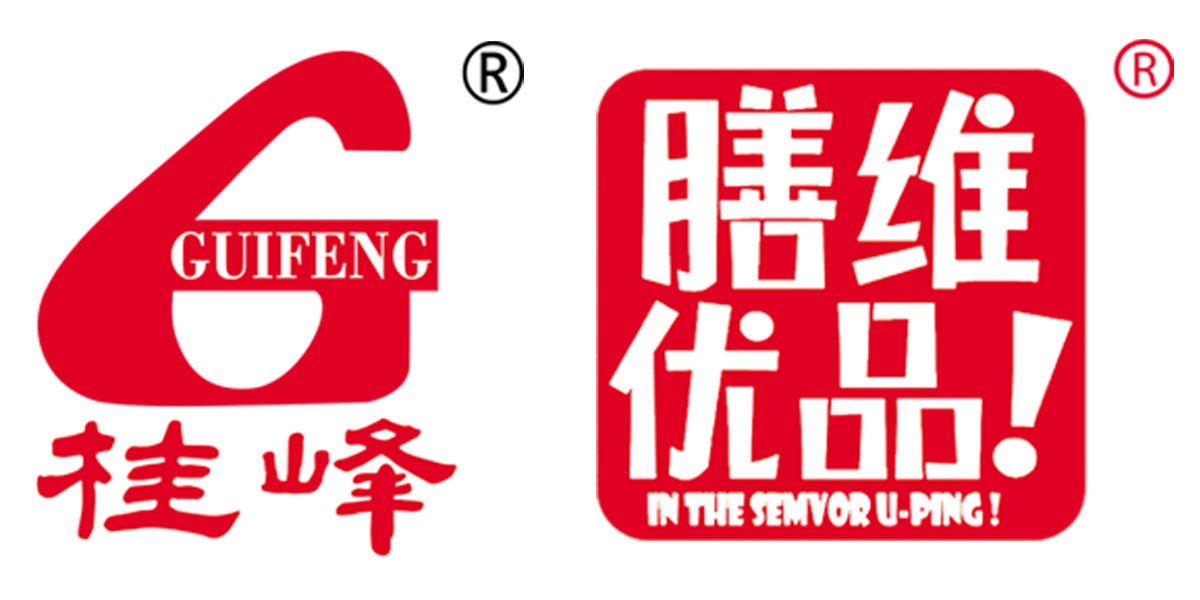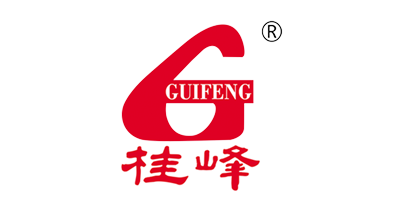02
2024
-
12
Stricter regulations in the candy industry are on the way, and packaging labels will continue to improve.
At the recent annual meeting of the European Confectionery and Biscuit Association (CAOBISCO) held in Brussels, representatives from candy manufacturers such as Mars, Ferrero, Mondelez, Nestlé, and the European Commission discussed the role of the candy industry in health issues. The European Consumer Organization (BEUC) stated that consumers want candy companies to limit their marketing to children.
Starting with obesity prevention
According to data from the World Health Organization, one-third of children in Europe are overweight or obese, consuming levels of sugar, salt, and saturated fats far above dietary recommendations. This issue is also significant in other regions and must be addressed.
Imposing constraints on advertising
Data from the American Psychological Association indicates that children are influenced by television advertisements to choose unhealthy foods, which is a critical factor contributing to obesity.
Data shows that children who watch more television consume higher total calories as well as more fast food and sugary drinks.
Therefore, BEUC calls for candy and beverage manufacturers to reduce the addition of sugar, salt, and saturated fats while increasing the intake of fruits, vegetables, nuts, and healthy proteins. For candy manufacturers, the first step is to reduce market presence.
In 2010, CAOBISCO suggested that member companies join an EU declaration calling for a ban on advertising directed at children under 12 years old. Mars, Ferrero, Mondelez, and Nestlé all announced compliance with this declaration.
Joining the EU declaration
The EU declaration has certain limitations. Today's children still receive a large amount of information prompting them to choose unhealthy foods such as candies and snacks featuring cartoon characters on their packaging.
Advertising from member companies of the EU declaration accounts for 80% of the EU food and beverage industry. BEUC food policy officer Pauline Castres stated that candy manufacturers should reflect on health issues while government departments should play a role in setting goals.
Currently, food companies voluntarily join the EU declaration and have implemented improvement policies regarding children's markets.
Stricter regulations are coming
The UK Advertising Standards Authority (CAP) is currently launching policies requiring a complete ban on advertisements for high-fat, high-salt, high-sugar foods (HFSS), extending current requirements for non-broadcast media such as online platforms.
Although many member companies have restructured their products, adjusting packaging sizes remains a measure taken by many large companies.
Controlling packaging portions
'Castres strongly supports CAOBISCO's request to reduce candy product packaging sizes but also points out that prices for small packaged foods should be appropriately lowered so consumers can afford them. She said that 'small-sized packages can cost more than twice as much as other sizes,' which low-income families cannot bear.'
'Additionally, Castres believes that serving sizes indicated on labels should accurately reflect how much consumers actually eat.'
'Sugar content will be labeled'
'BEUC supports EU legislation regarding 'Food Information Provided to Consumers (FIC),' which means that starting December 13th, 2016, food companies will be obligated to provide nutritional information about their products.'
'Such labeling will not pose a major problem for candy companies; consumers are unlikely to be shocked by finding sugar in chocolate. In contrast, it may have more impact on other categories; for example when consumers see high sugar content in what they believe is a very healthy mixed breakfast cereal or granola bar.'
'In the United States, Mars chocolate supports labeling for added sugar content; the National Confectioners Association also states that nutritional labels need further modification.'
'BEUC supports introducing a traffic light labeling system in the EU. Castres stated that traffic light labels will not only address obesity issues but will also help consumers identify high levels of sugar and saturated fats in products claiming to be very healthy.'
08
/
08
Explore the Unique Flavor Profile of Honeysuckle Grapefruit Jelly
Honeysuckle grapefruit flavor jelly is a delightful product that beautifully combines the sweet floral notes of honeysuckle with the tartness of grapefruit. This unique pairing not only tantalizes the taste buds but also contributes to a range of culinary applications, making it a versatile addition to any kitchen. Honeysuckle, a flowering plant known for its sweet aroma and taste, has been used i
08
/
07
Unlock the Secrets of 180g Probiotic Fruit Jelly: Your Path to a Healthier Gut
Unlock the Secrets of 180g Probiotic Fruit Jelly: Your Path to a Healthier Gut In recent years, the significance of gut health has gained widespread attention among health-conscious individuals. With the increasing recognition of the gut-brain connection and the role of probiotics in digestive wellness, many are now seeking tasty and effective ways to enhance their gut health. One such delightful
08
/
06
Discover the Delights of 450g Konjac Jelly: A Healthy Treat for Everyone
Konjac jelly, particularly in a convenient 450g format, is gaining popularity among health-conscious consumers looking for tasty yet guilt-free snacks. Made from the konjac plant, also known as konjac root or devil’s tongue, this jelly is primarily composed of water and glucomannan, a soluble fiber that offers numerous health benefits. One of the most appealing aspects of 450g konjac jelly is its
08
/
04
The Ultimate Guide to 36g Portable Jelly Packs: A Convenient and Delicious Snack Option
In today's fast-paced world, finding convenient and nutritious snacks can be a challenge. Enter the 36g portable jelly pack, a delightful and easy-to-carry option that has gained popularity among individuals looking for a quick energy boost without compromising on taste. These jelly packs are not only fun to eat but also offer a range of benefits that make them a suitable choice for various lifest


